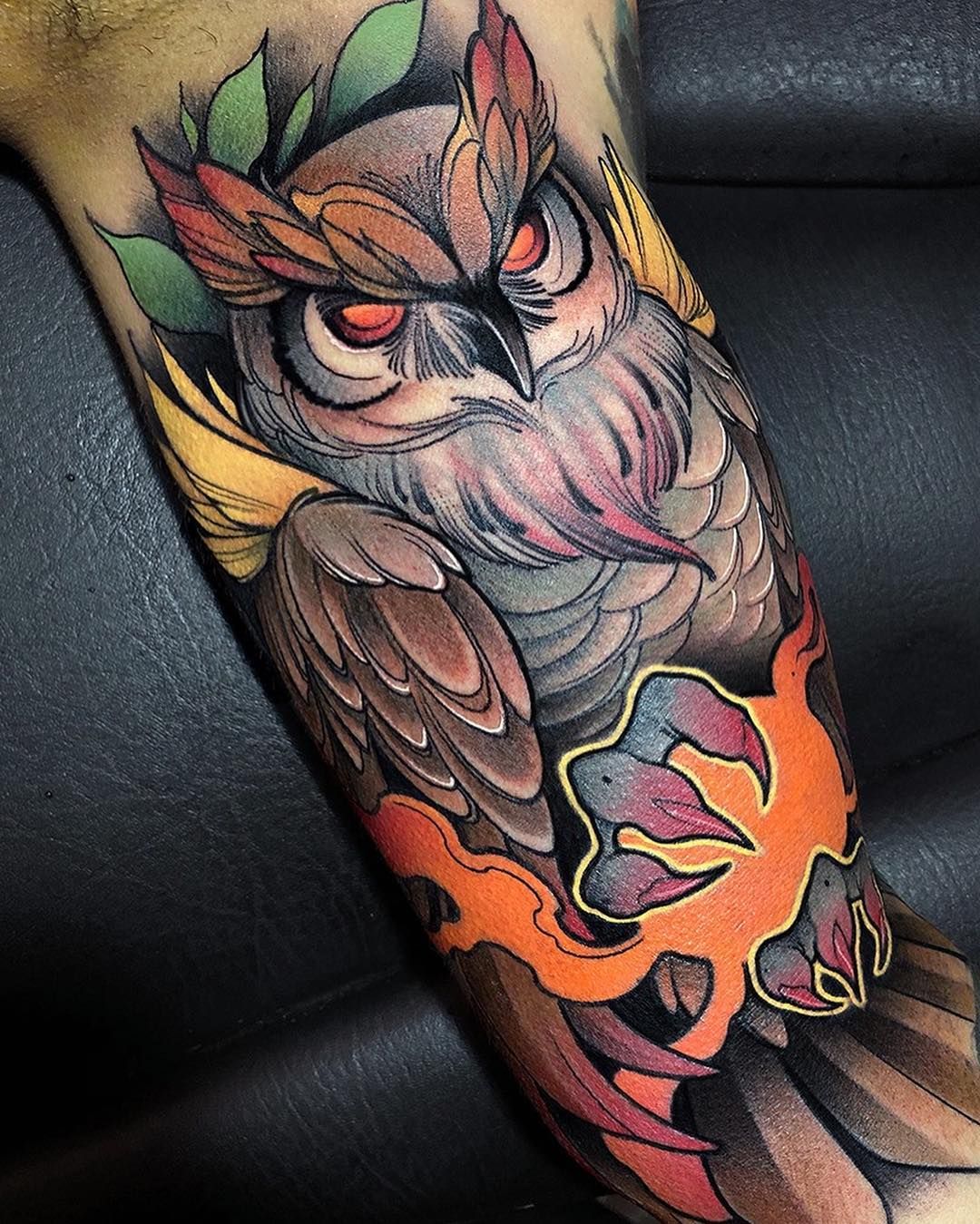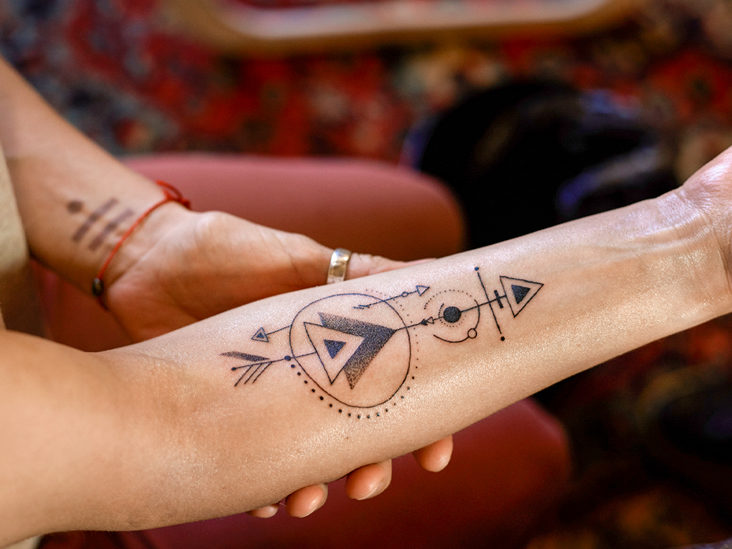
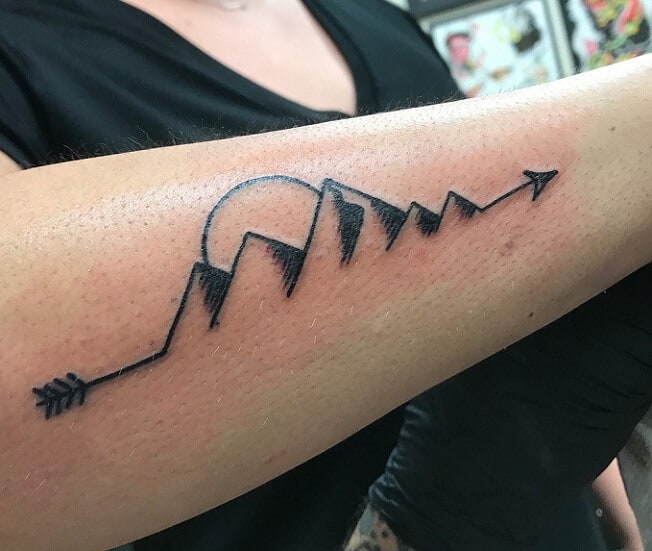
Men who wish to appear more authoritative and influential may get a crown tattoo, as this symbol represents power, victory, and rebirth while at the same time reflecting one’s inner strength and self-control.
Tattoos can be painful, especially on bony areas like your ribs. Additionally, having visible tattoos could affect your chances of employment; many employers do not accept applicants with visible Tattoos as employees.
Origins
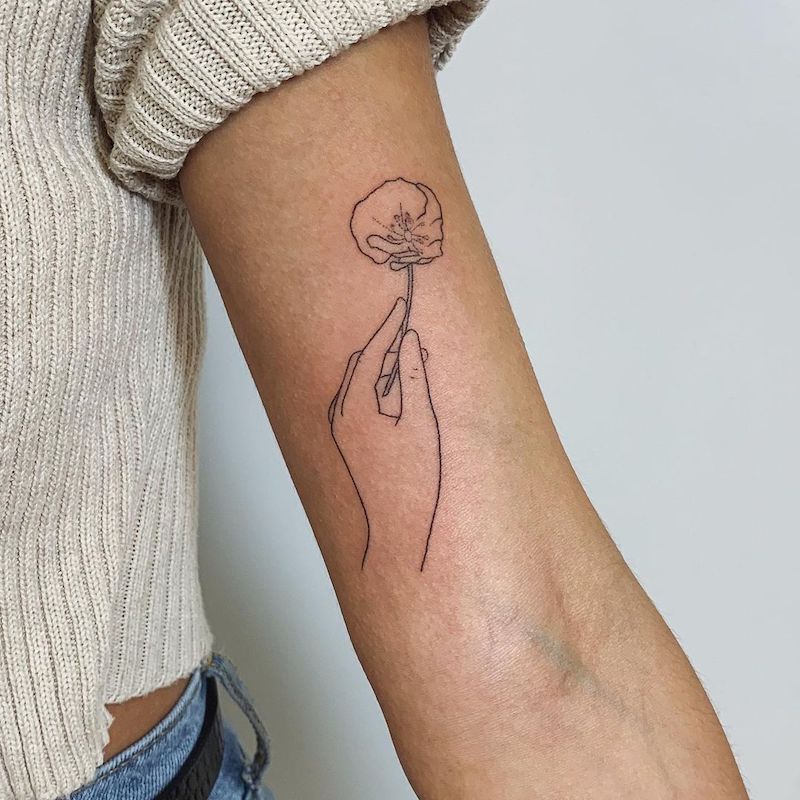
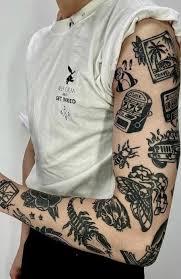
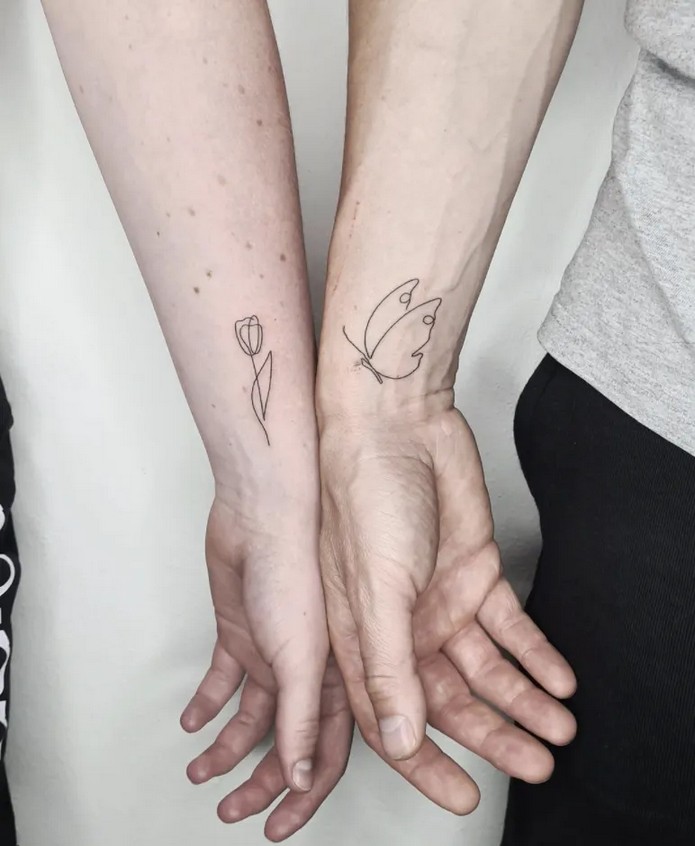
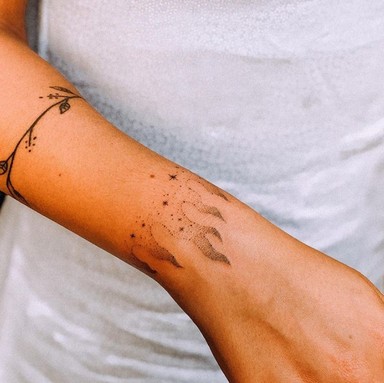
Tattoos may seem like a modern art form, but their history dates back millennia. Archaeological evidence, ancient art, and preserved mummified remains of tattooed skin can be found as far back as Neolithic times! Tools designed specifically for tattooing have also been discovered at archaeological sites – early tattoo ink contained ingredients like pine bark, corroded bronze, leek juice, and insect eggs!
Tattooed mummies dating back to Egypt’s pyramid era have been discovered with tattooed markings. Additionally, Romans tattooed criminals and slaves so they could easily be identified if they escaped. It’s thought that Tattoos may have originated in Polynesia from tatau, which means to mark or strike.
Meanings

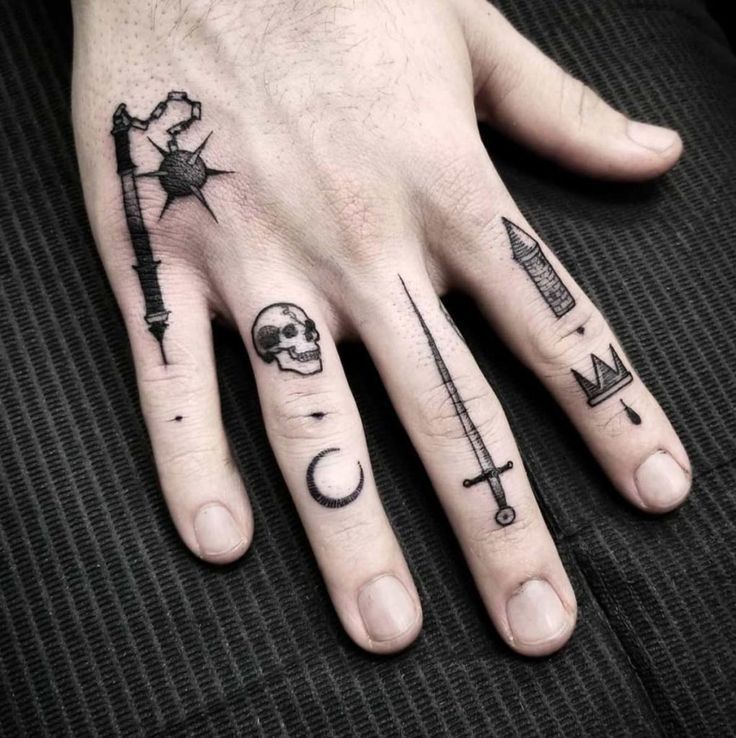
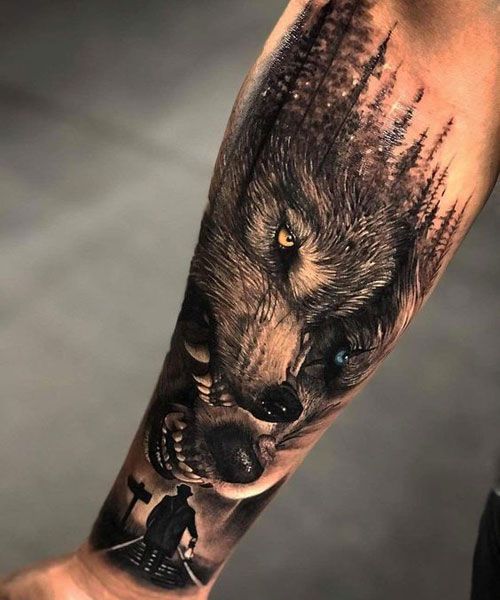
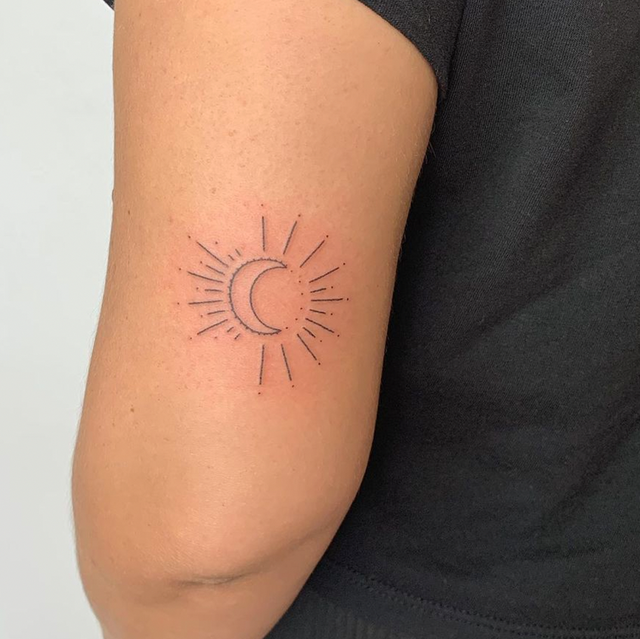
Tattoos have long been used as body adornment. More importantly, however, Tattoos often carry symbolic meaning – for instance, the Phoenix is widely recognized as representing rebirth and resurrection.
Tattoos have long been used as a form of military homage and pride. A tattoo may serve as an ode to fallen comrades or be worn to declare unit mottoes (such as the Marines’ “Semper Fi”). Additionally, Tattoos can symbolize spirituality or link individuals with nature.
Flower tattoos may symbolize femininity, enlightenment, or purity. Lotuses are popular tattoo symbols among Buddhists and Hindus, while the arrow represents moving forward without giving up, and the semicolon stands for mental health awareness.
Symbolism
Tattoos can carry deep personal significance; for instance, the butterfly motif might represent femininity or rebirth. Their placement and color can also have meaning beyond aesthetics.
Tattoos representing luck often feature images of roosters or pigs; sailors used this custom as an omen on board a ship for good luck at sea. A star tattoo symbolizes hope, religious faith, or transformation – it may also signify finding one’s way home.
A third eye symbol represents wisdom, imagination, and foresight. Mandalas and geometric forms such as the Metatron cube or Ouroborus tetrahedron may symbolize balance and harmony; Celtic symbols may represent spirituality or connection to nature.
Styles
Tattoo designs reveal much about their owner. A musical note or guitar on your arm could indicate your interest in music or playing instruments; similarly, words inscribed onto the skin show that something has meaning for them.
Americana tattoo styles are famously associated with pinup girls, fierce animals, and nautical symbols that signify one’s achievements at sea. Furthermore, this tradition also incorporates patriotic designs featuring strong curves and lavish details – an aesthetic that the classic Americana style captures well.
Realism tattoos are stunningly lifelike. Available in colors and black-and-gray designs, realism tattoos capture every aspect of human or animal anatomy while using machines as replacement body parts. You could even opt for biomechanical tattoos, which blend realistic human and animal anatomical details with machinery replacing body parts.
Techniques
Tattoo artists utilize various techniques to craft beautiful designs. Some artists prefer using watercolor-like paints with brushes to draw and shade on methods – this approach can create striking results in the hands of an expert tattooist.
Other artists look to the Old Masters for inspiration, including Michelangelo, Da Vinci, and Rembrandt. These masters used techniques such as perspective drawing and Camera Obscura to depict life as accurately as possible.
Many tattoo artists today possess fine arts backgrounds and the talent to translate any artistic style into a tattoo design. Jen suggests conducting some research before making your final choice.
Safety
Tattooing can cause allergic reactions from its pigments and even bloodborne diseases if equipment is not cleaned thoroughly after each use. Furthermore, tattoos may lead to raised areas of scar tissue known as granulomas and overgrowths of fibrous tissues known as keloids that form on scars.
People seeking tattoos may need to declare and sign a waiver regarding their health conditions, particularly those on medication. They should take all precautions possible to prevent infection during the procedure – such as using soap and sanitizer often when washing hands, disposable gloves when touching potentially contaminated objects, and fresh exam paper each time for the tattoo procedure.

